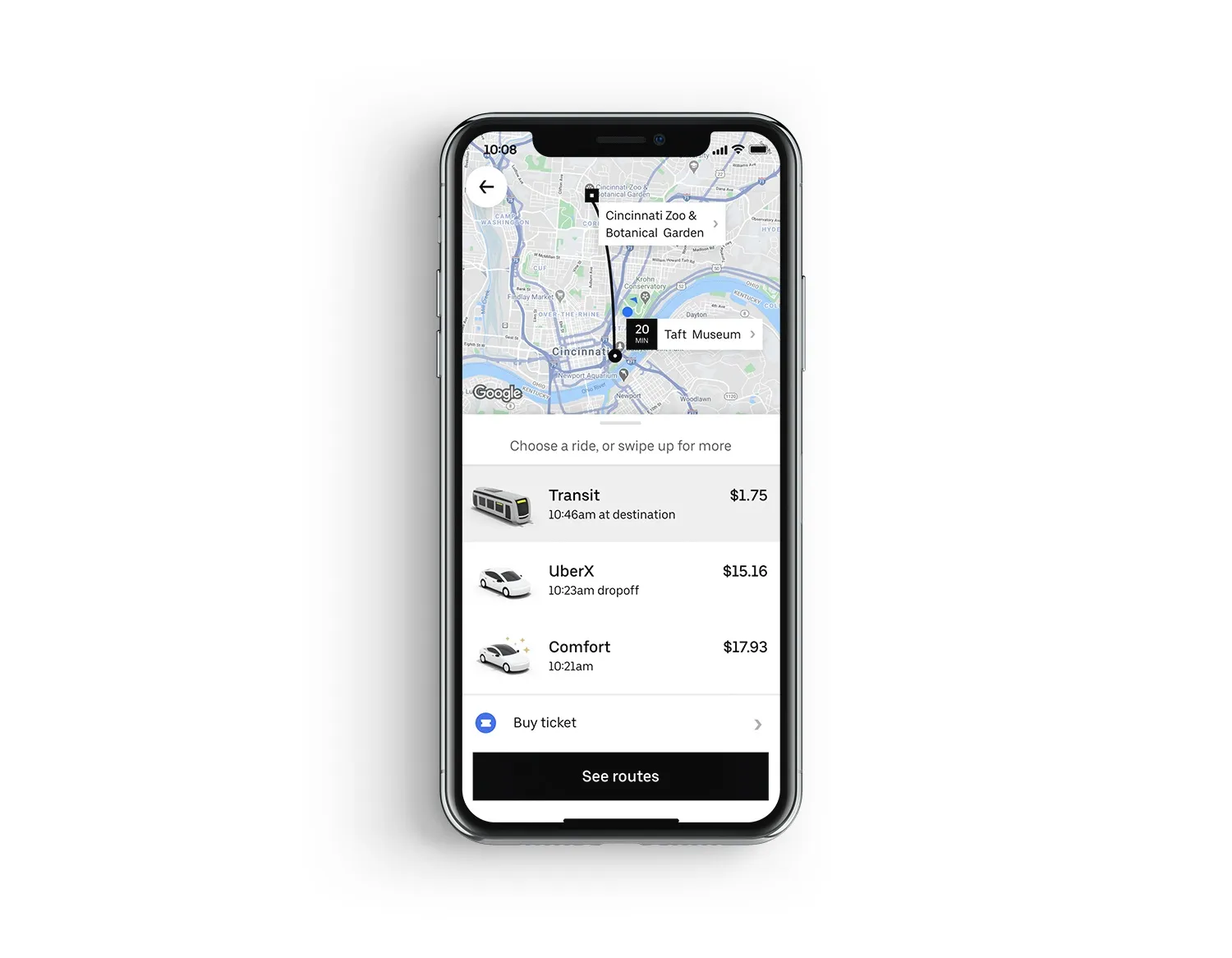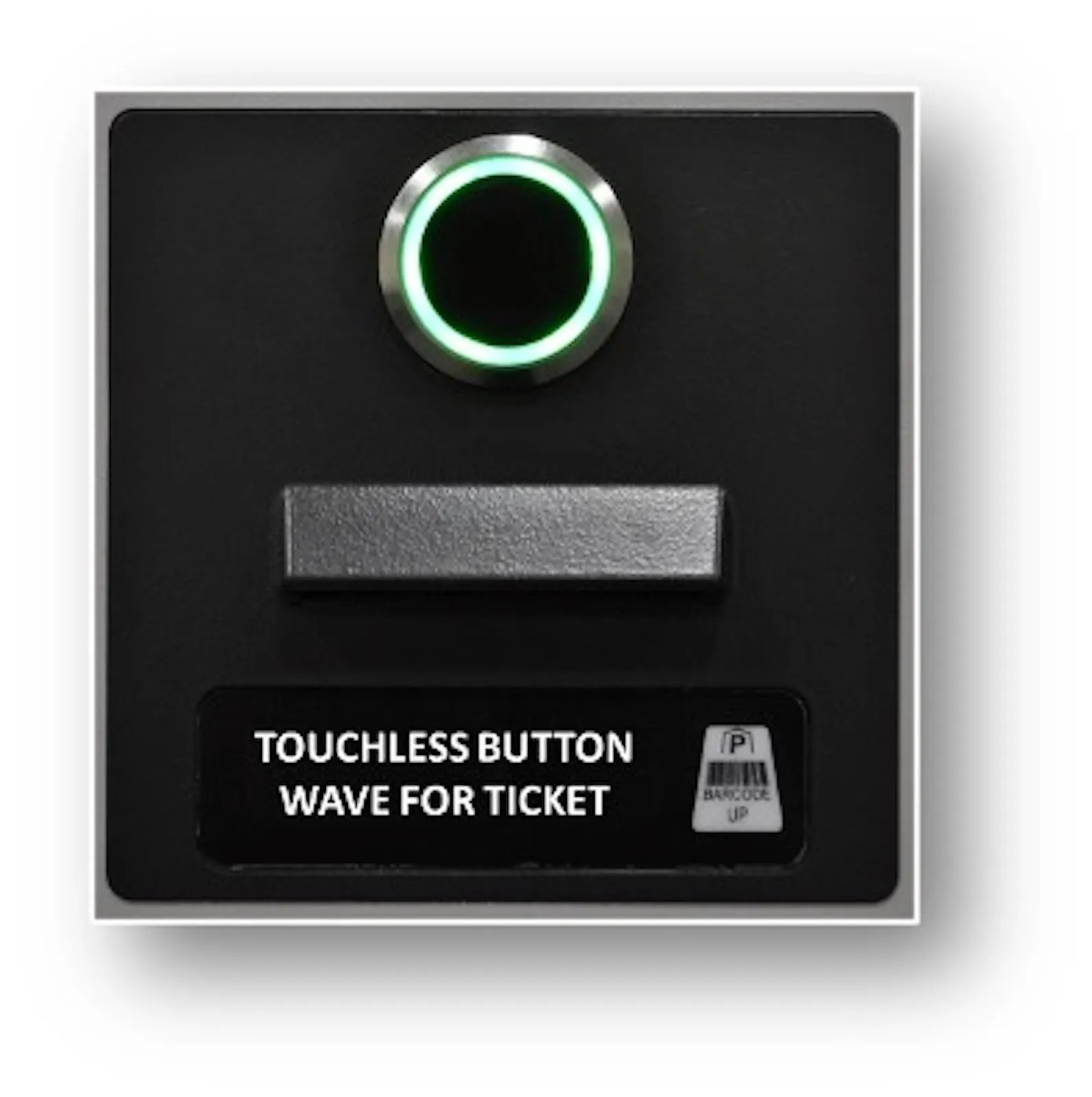
Uber customers can now use the ride-hailing firm's app to buy public transport tickets, plan journeys and ride with 13 transit agencies in Ohio and Kentucky.
Uber Transit Ticketing uses EZfare and is a collaboration with payment specialist Masabi and NeoRide, a collective of 15 transit systems whose raison d'etre is the development and promotion of US regional public transportation services.
After a rider enters a destination in the Uber app they see a 'Transit' option, which will give journey planning information, including real-time transit data and directions.
“With a public transit option now appearing in the Uber app, I hope people who wouldn’t regularly consider transit will realise how easy and affordable it can be,” said Ben Capelle, president of NeoRide and CEO of Laketran.
“The partnership with Uber makes transit a more visible and accessible option by highlighting regional transit systems that Uber users may not know exist."
Tickets use visual and barcode validation, so riders can go contactless on public transport - and they will cost the same as existing options.
The system uses Masabi’s Justride software development kit. Company CEO Brian Zanghi said it "shows how this model can be deployed successfully on a regional multi-agency basis".
The full list of agencies whose fares are - or will soon be - available on the Uber app are:
• Cincinnati Bell Connector (Cincinnati Streetcar)
• Laketran (Lake County)
• Lancaster-Fairfield Transit
• MCPT (Medina County)
• METRO RTA (Summit County)
• PARTA (Portage County)
• Sandusky Transit (Erie County)
• SARTA (Stark County)
• TARTA (Lucas County)
• WRTA (Mahoning County)
• BCRTA (Butler County)
• SORTA (Hamilton County)
• TANK (Northern Kentucky)
Separately, in Canada, Justride is also being employed in Masabi's My Fare, a contactless mobile ticketing app for Calgary Transit that lets passengers buy tickets and passes using their smartphones.
As part of the project, over 1,000 new validation devices have been installed across the bus network covering 155 routes.
Passengers scan their dynamic and encrypted mobile passes on the devices when boarding the bus, with an audible beep and a coloured screen identifying the ticket as valid for use.








